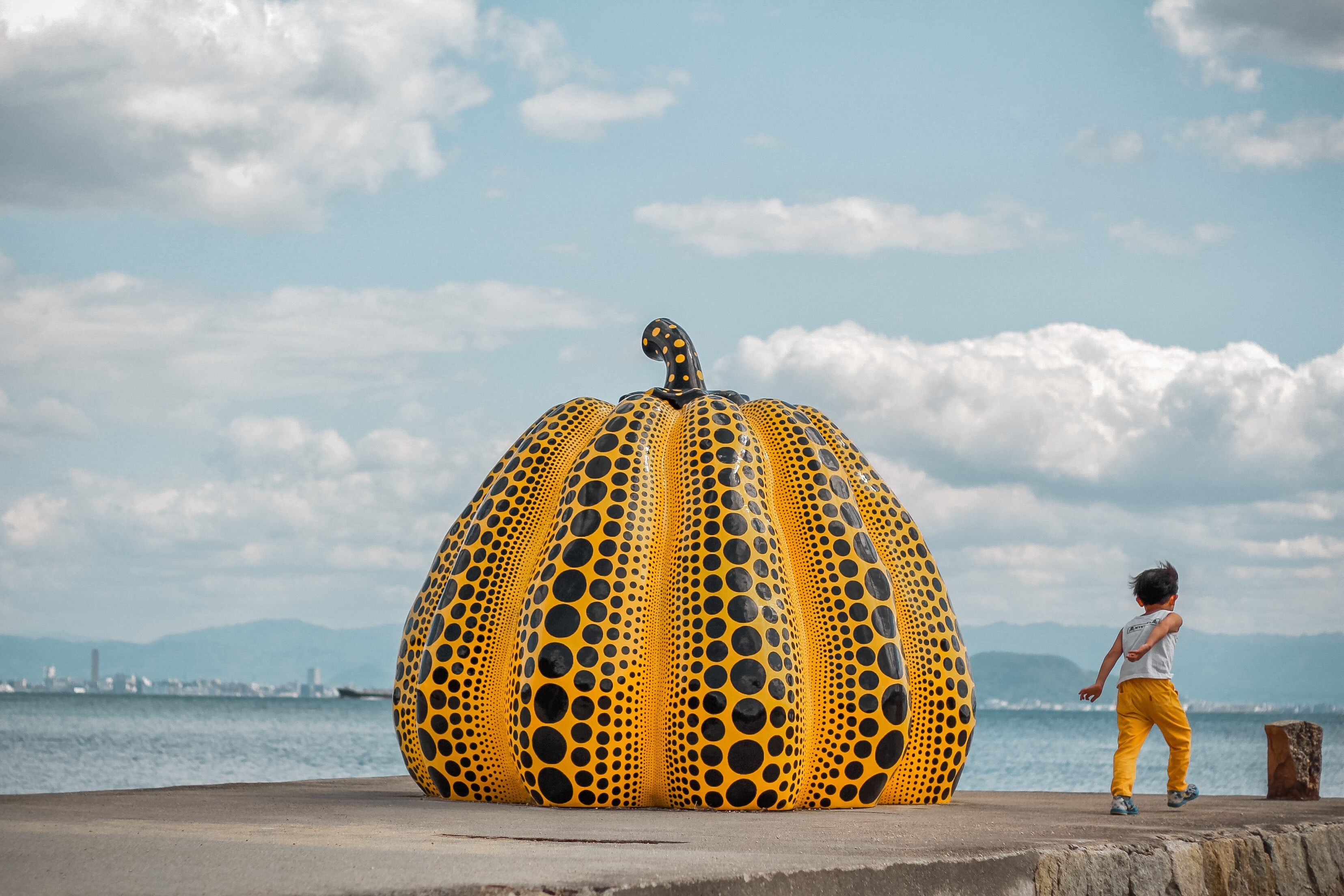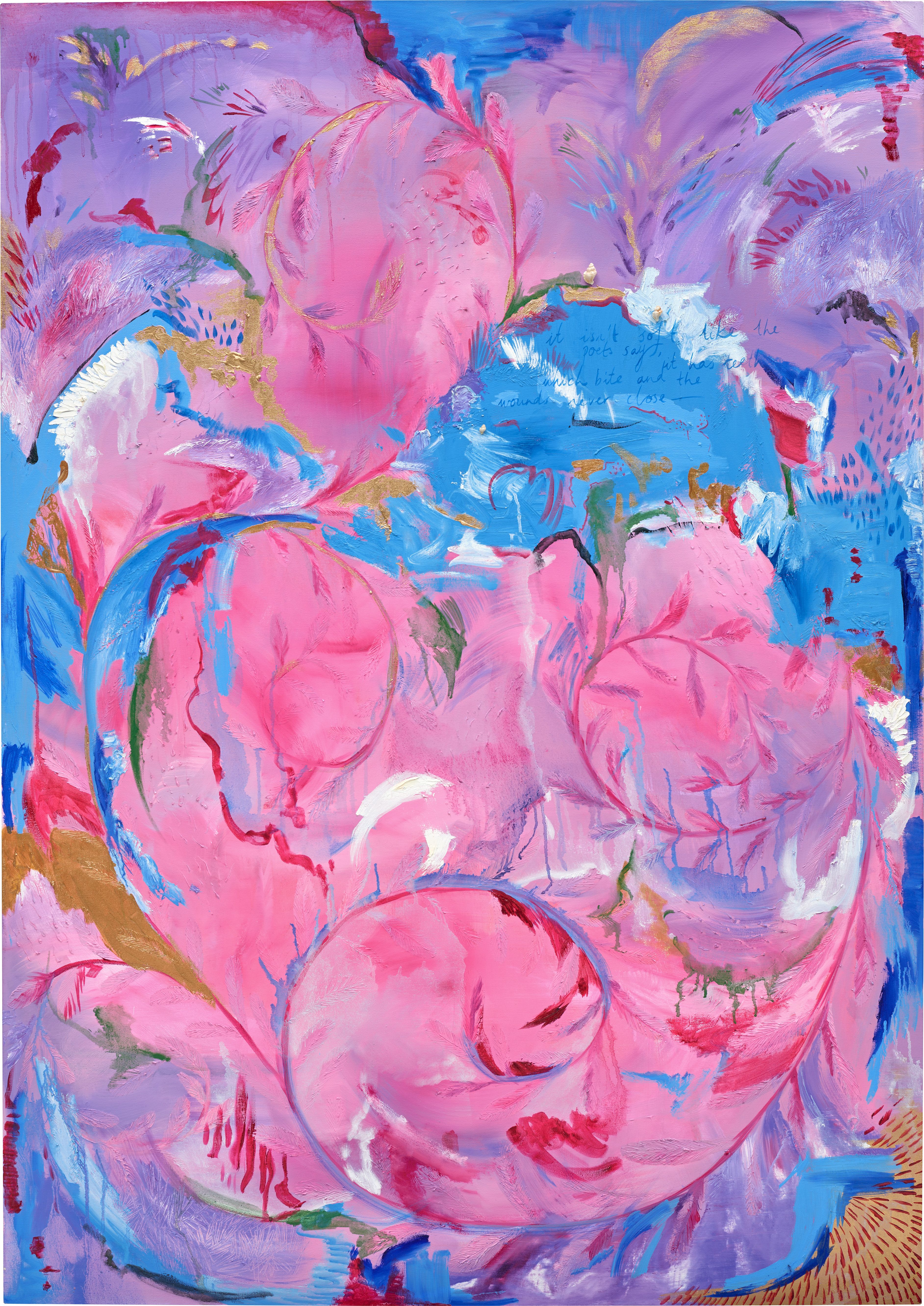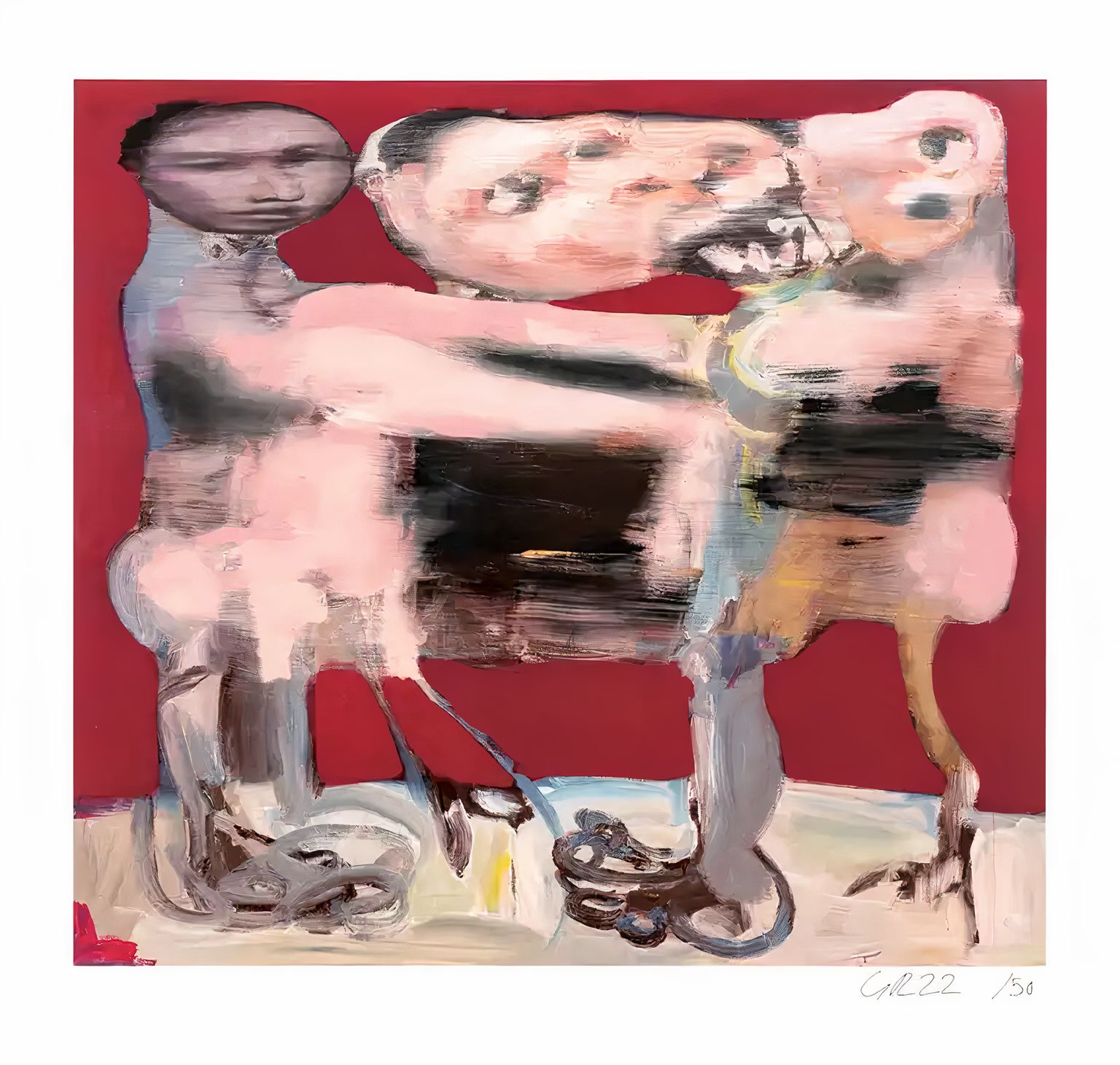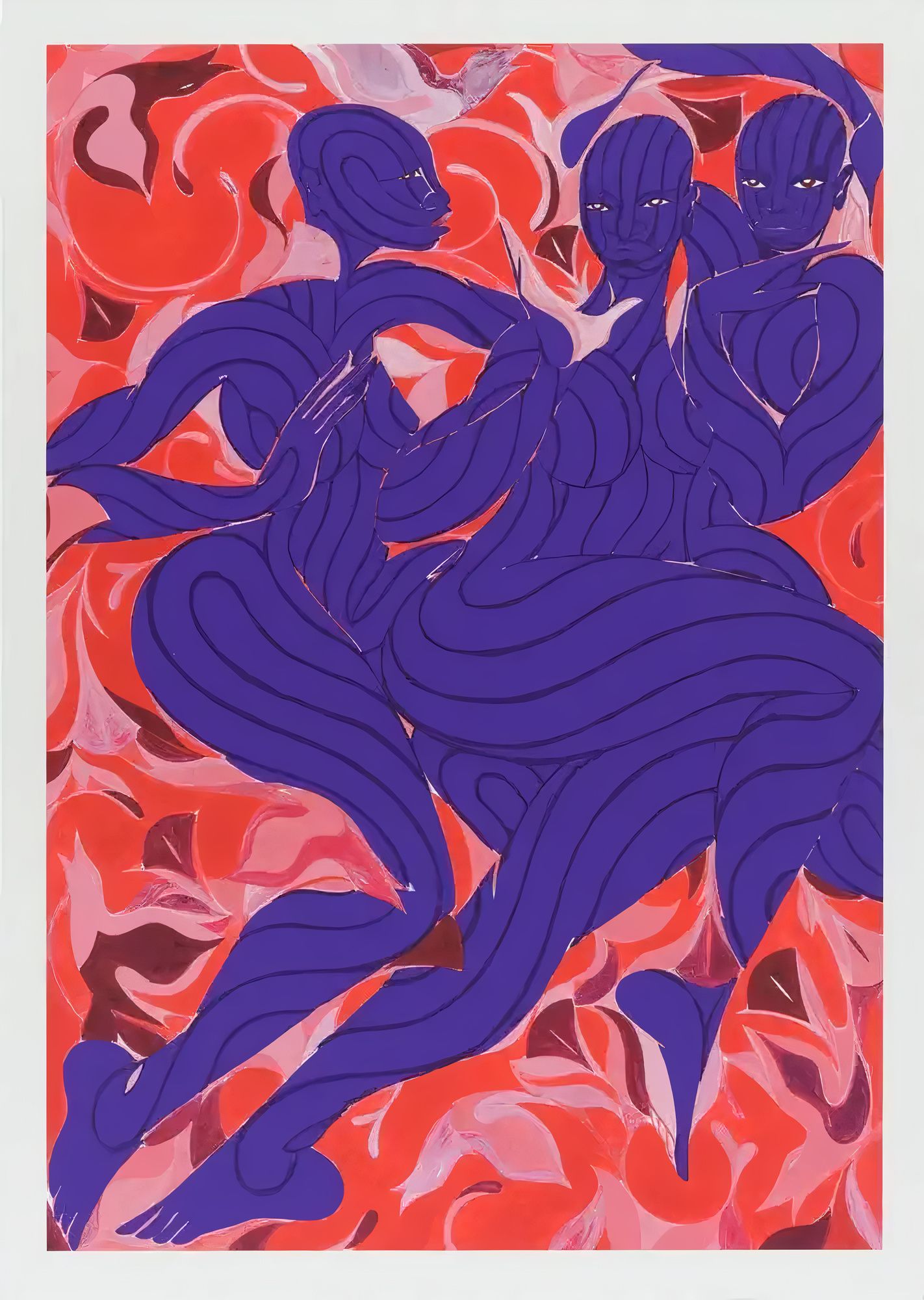
Understanding Contemporary Art

What is contemporary art?
The term contemporary art is widely used today, referring to art that is created in the present time or within the last few decades. It encompasses a diverse range of artistic styles, mediums, techniques, and concepts that reflect the current cultural, social, and political context. The term 'contemporary' is fluid and doesn't refer to a specific art movement or style but rather encompasses a broad spectrum of artistic expressions.
Many museums worldwide have dedicated spaces and exhibitions specifically for contemporary art. Commercial galleries regularly feature contemporary art by representing artists and curating exhibitions of their work. Events like international art fairs provide platforms for galleries to exhibit and sell contemporary artworks.
With the digital age, online galleries and platforms have become essential for showcasing contemporary art, and numerous art magazines, journals, and online publications feature articles, reviews, and discussions on this topic. Contemporary art is integrated into art education programmes in schools, universities, and cultural institutions, while major auction houses conduct sales of works by both established and emerging contemporary artists.
 Photo by Yue-Ting Lin
Photo by Yue-Ting LinWhat’s the difference between modern art and contemporary art?
The terms ‘modern art’ and ‘contemporary art’ often lead to confusion, but they refer to different periods and styles in the art world. Modern art refers to the art produced roughly from the late 19th century to the mid-20th century. This period covers a wide range of artistic movements, including Impressionism, Cubism, Surrealism, Abstract Expressionism, and many others. Artists like Pablo Picasso, Vincent van Gogh, Wassily Kandinsky, and Salvador Dalí are considered pioneers of modern art movements.
Contemporary art refers to the art created and produced by artists living and working in the present day. It includes art produced from the mid-20th century up to the current time. Artists like Damien Hirst, Ai Weiwei, Yayoi Kusama, Tracey Emin, Jeff Koons, and Banksy are well-known contemporary artists.
What are the characteristics of contemporary art?
- Diversity and Pluralism: Contemporary art is incredibly diverse, incorporating various styles, mediums (such as painting, sculpture, installation, video, performance, digital art), and interdisciplinary approaches.
- Conceptual Focus: Many contemporary artists place a significant emphasis on ideas, concepts, and narratives rather than traditional aesthetic concerns.
- Engagement with Current Issues: Contemporary art often engages with current social, cultural, and political issues, addressing topics such as identity, globalization, environment, technology, and more.
- Experimentation and Innovation: Artists frequently explore new techniques, materials, and technologies to push boundaries and challenge established norms in art-making.
 Tracey Emin, It was all About Loving you (2022). Courtesy of Tanya Baxter Contemporary and London Art Fair 2023
Tracey Emin, It was all About Loving you (2022). Courtesy of Tanya Baxter Contemporary and London Art Fair 2023What is ultra-contemporary art?
The term ‘ultra-contemporary’ art is a relatively new one — it was coined in 2019 by Artnet News editors in their spring 2019 Intelligence Report to refer to the increasing number of talented young artists. According to Artnet News, ultra-contemporary art "strictly applies to artists born from 1975 to the present day, as a way to bring valuable visibility to the youngest talents with strengthening secondary markets."
The term ‘ultra-contemporary’ is not universally defined and may vary in its usage, but generally, it denotes art that is at the forefront of innovation and experimentation, pushing the boundaries of what is considered contemporary art at any given time. Works are some of the most cutting-edge, avant-garde, or experimental of the current moment. It often includes works that are at the forefront of artistic innovation, exploring groundbreaking concepts, using the latest technologies, or challenging conventional artistic practices.
What are the characteristics of ultra-contemporary art?
Ultra-contemporary art might exhibit some of the following characteristics:
- Innovative Technology: Artists may utilise the latest technological advancements, such as virtual reality, augmented reality, or AI, in their creations.
- Unconventional Mediums: Experimentation with unconventional materials, mediums, or methods that push the boundaries of traditional art-making.
- Immediacy and Relevance: Focus on addressing the most pressing or current issues facing society, often with a sense of urgency and relevance to the present moment.
- Audience Engagement: Interactive or participatory elements that invite the audience to be an integral part of the artwork or experience.
 Michaela Yearwood-Dan, The Summit of Beauty and Love (2020). Image courtesy of Phillips
Michaela Yearwood-Dan, The Summit of Beauty and Love (2020). Image courtesy of Phillips George Rouy, Tearing of the Savage Breast (2022)
George Rouy, Tearing of the Savage Breast (2022) Tunji Adeniyi Jones, Violet Dance (2021)
Tunji Adeniyi Jones, Violet Dance (2021)Who are ultra-contemporary artists?
Ultra-contemporary artists are witnessing high demand and popularity within the art market. According to Artsy’s The Art Market Recap 2023, younger generations of female artists have better representation in the auction market when compared to their male peers. Women artists leading the ultra-contemporary market include Njideka Akunyili Crosby, Avery Singer, Flora Yukhnovich, Christina Quarles, and Shara Hughes.
Other artists receiving a high level of interest from collectors include Ayako Rokkaku, Nina Chanel Abney, Claire Tabouret, Jadé Fadojutimi, Tania Marmolejo, George Rouy, Amoako Boafo, Ewa Juszkiewicz, Roby Dwi Antono, Michaela Yearwood-Dan, Tunji Adeniyi-Jones, and many others.
Contemporary art is showcased in diverse settings, aiming to engage audiences, provoke thought, challenge norms, and contribute to cultural discourse. Its presence across various platforms and mediums reflects its relevance and impact on society and the art world today.